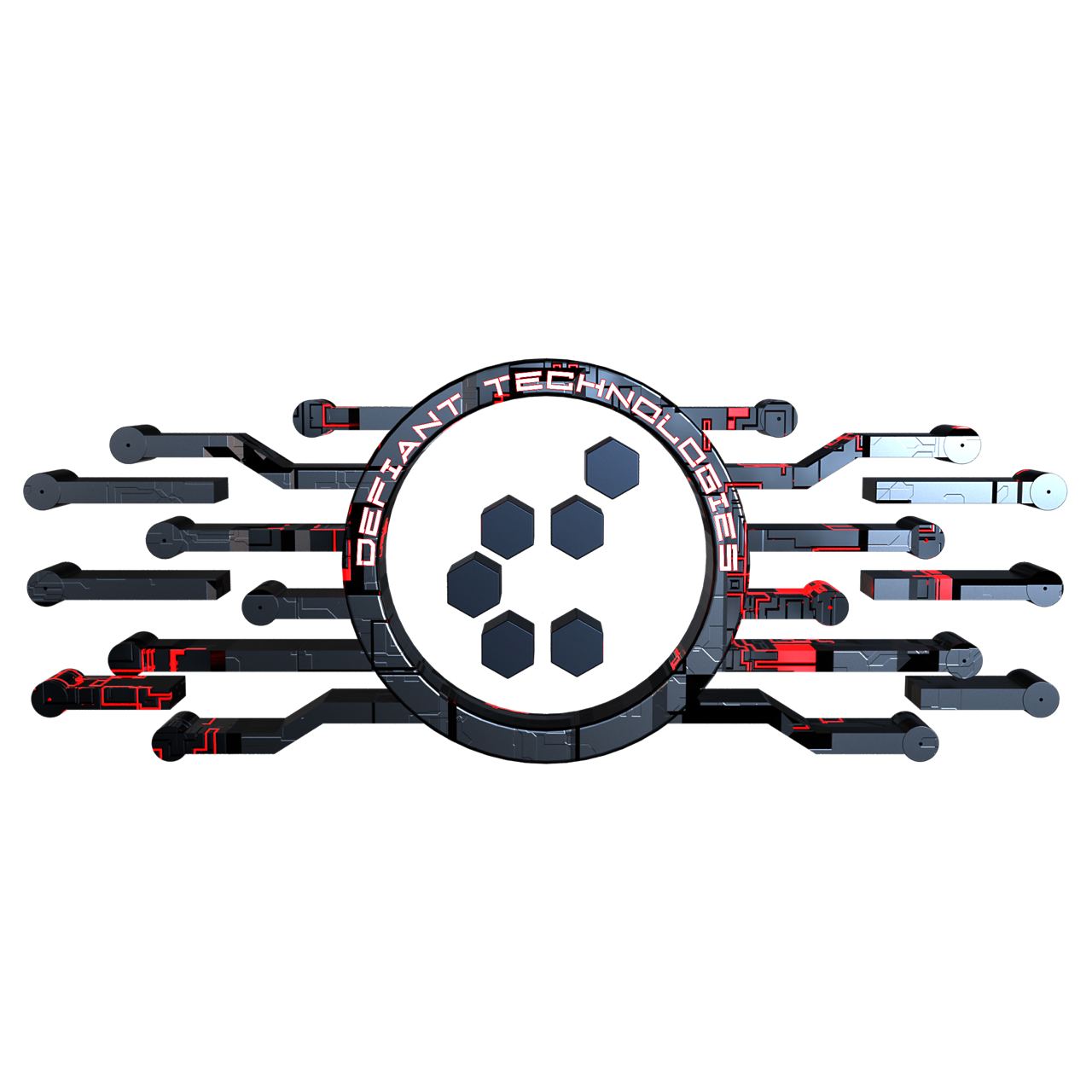Market Making
Liquidity problem for Token Projects Many token companies raised a substantial amount of capital during the past 2 years. Unfortunately, many of them faced the following challenges: Lack of liquidity: investors and project founders could not monetize their investment due to a lack of liquidity in their token Low trading volume: traders and investors are not incentivized […]
